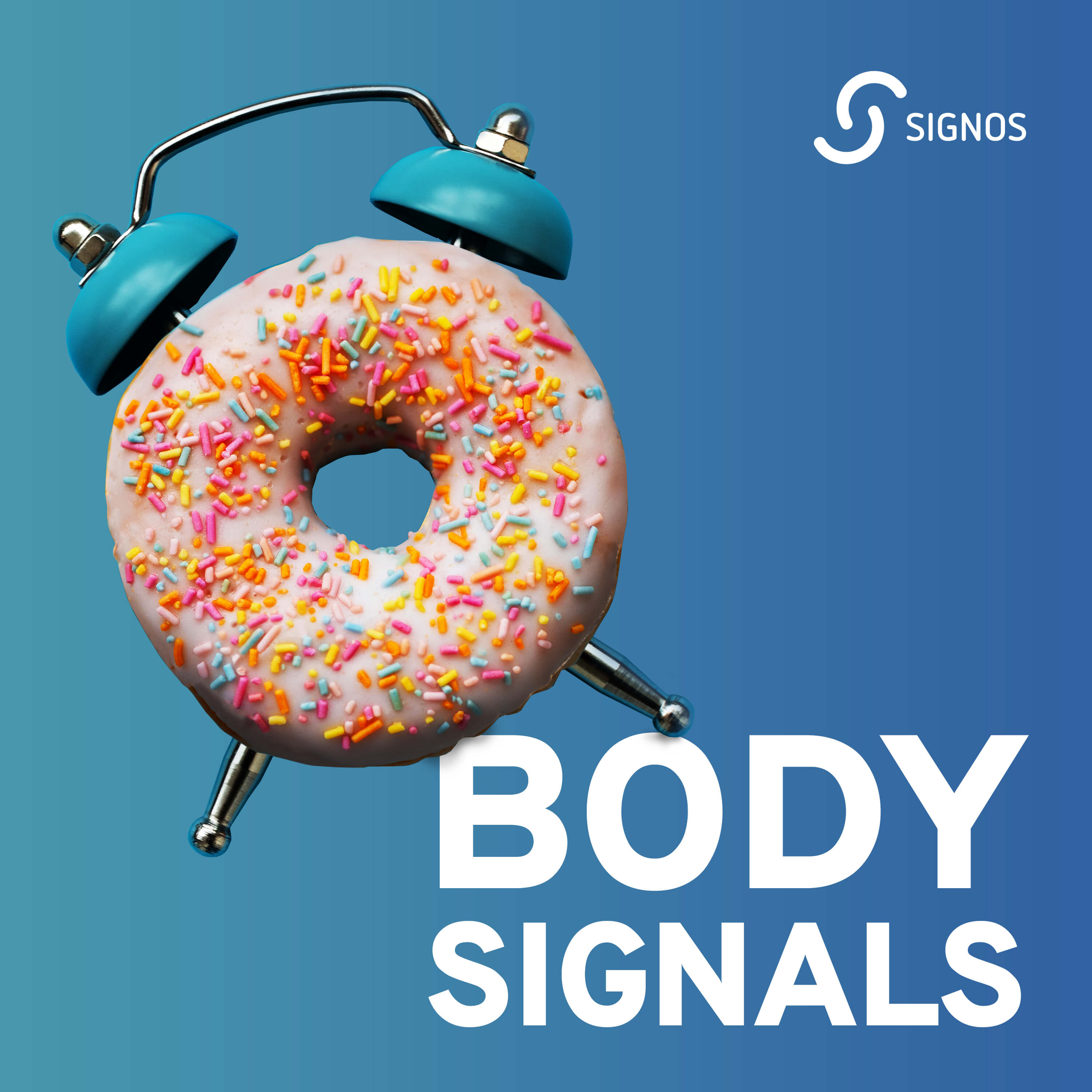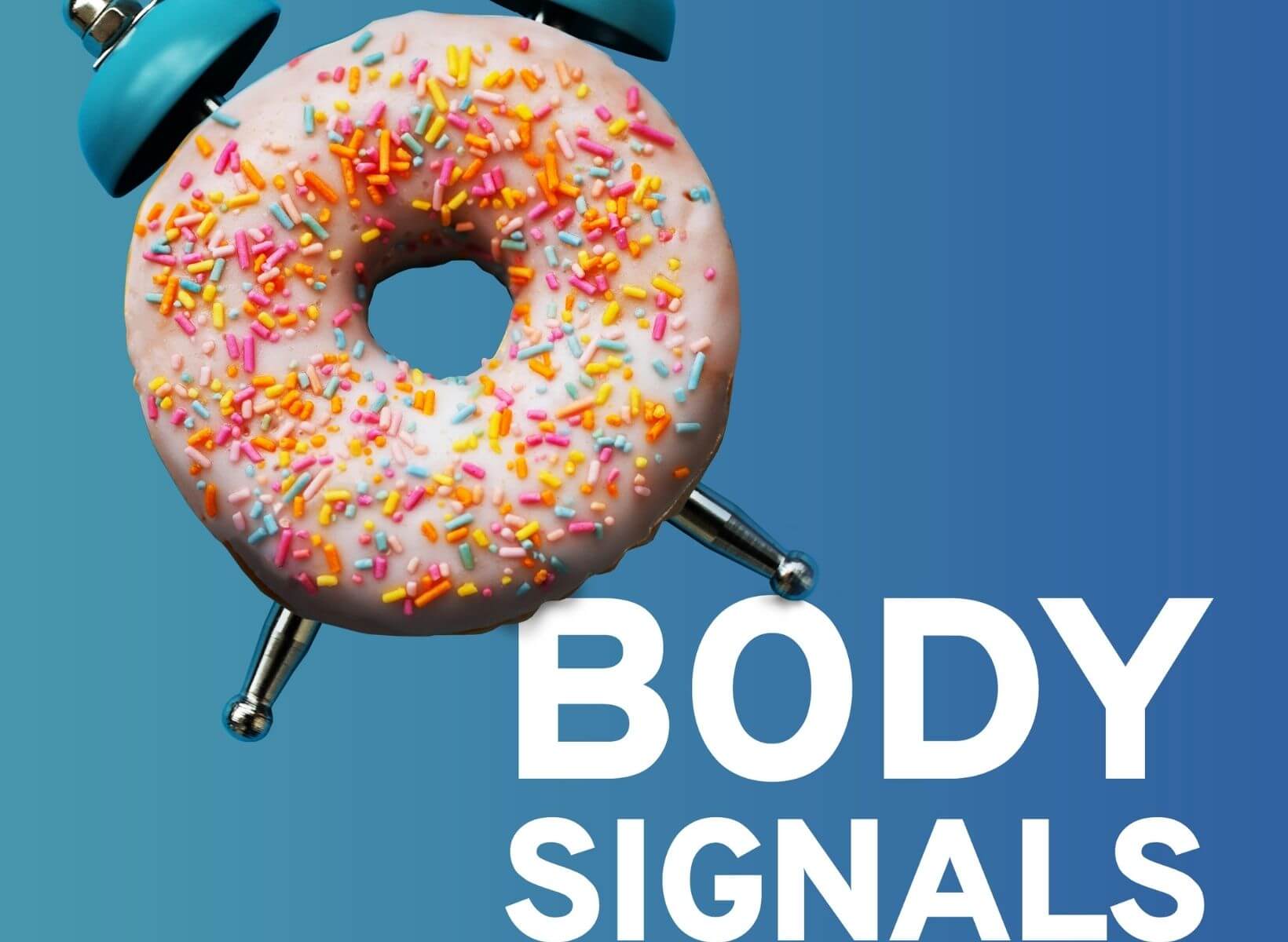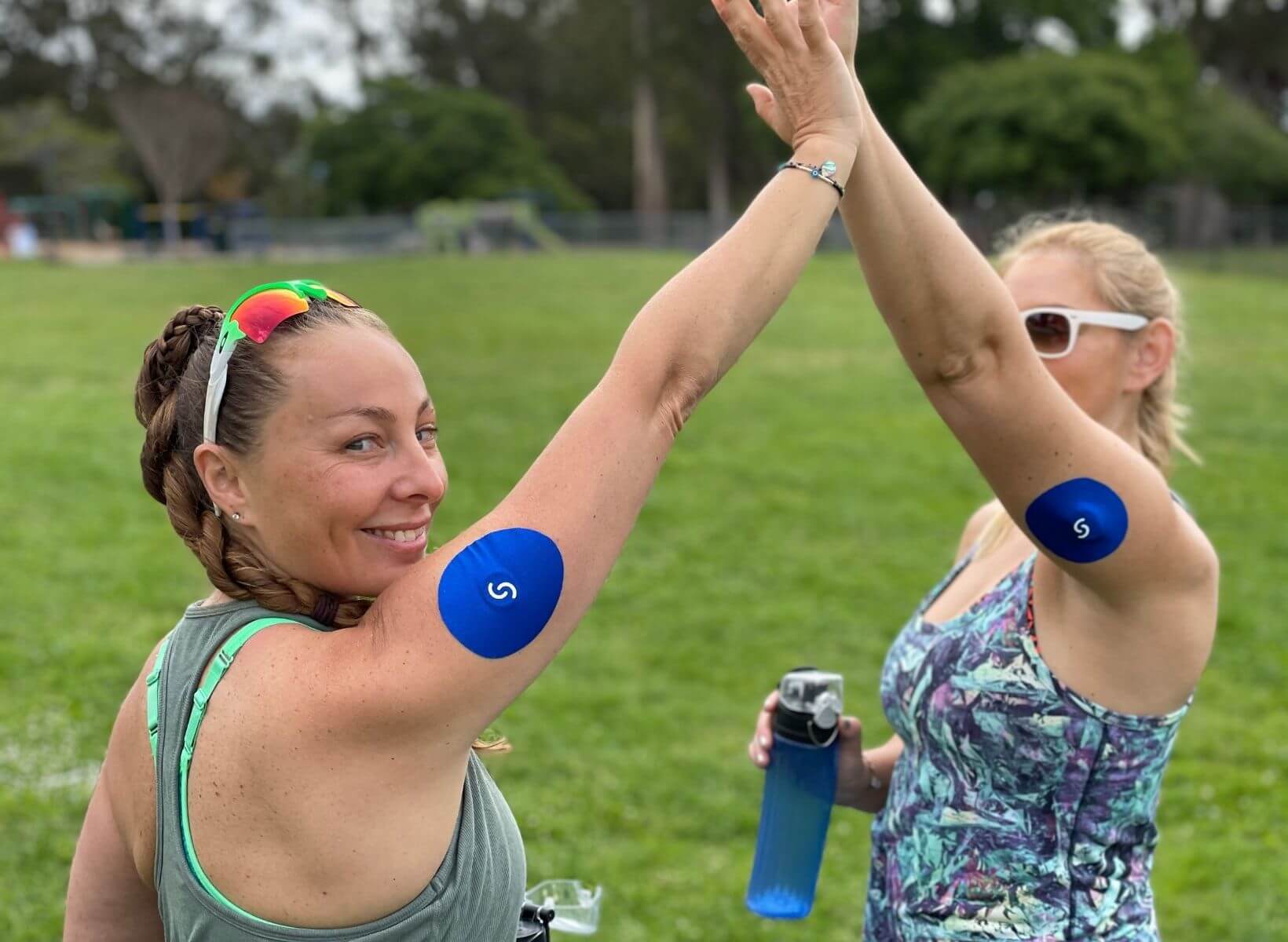In a world where pharmaceuticals often dominate the healthcare landscape, it's easy to overlook the simple yet powerful remedies within our bodies. High blood pressure, or hypertension, is a major health issue affecting millions worldwide.1 While medications can be effective in managing this condition, there's a growing recognition of the importance of holistic, drug-free approaches. One such avenue, often underestimated in its effectiveness, is physical exercise. Exercise has the remarkable ability to lower blood pressure naturally, offering a sustainable, empowering, and less expensive alternative to medication.
Unlike pharmaceutical interventions, which often target specific aspects of blood pressure regulation, exercise engages the entire cardiovascular system. From brisk walks to vigorous aerobic workouts, the spectrum of physical activities provides ample opportunities to tailor an exercise regimen to individual preferences and capabilities. And don’t forget, the effects of exercise extend beyond the mere reduction of blood pressure: it fosters weight management, improves blood sugar management, and lowers stress levels, making it a holistic approach to lowering blood pressure while adopting an overall healthier lifestyle.
In this article, we'll discuss the science-backed strategies of utilizing physical exercise to lower blood pressure naturally, exploring various forms of exercise and their specific impacts on cardiovascular health. From simple lifestyle adjustments to targeted workout routines, discover how incorporating exercise into your daily routine can be a potent tool in managing hypertension without relying on medication.
{{mid-cta}}
Understanding How Physical Exercise Impacts Blood Pressure
Blood pressure is the force exerted by circulating blood against the walls of blood vessels, primarily arteries, as the heart pumps it throughout the body. It is typically expressed as two numbers: systolic blood pressure (the pressure when the heart contracts) over diastolic blood pressure (the pressure when the heart relaxes). Blood pressure is an important indicator of cardiovascular health, with elevated levels (>130/90 mm Hg) indicating health risks such as hypertension and cardiovascular disease.2
Physical exercise profoundly influences blood pressure through a collaboration of physiological mechanisms. An immediate effect of exercise is the dilation of blood vessels, known as vasodilation, in which arteries expand in diameter to allow for increased blood flow. As the arteries expand, their resistance to blood flow naturally decreases. Since the resistance is reduced, the force exerted by the circulating blood also decreases, thus creating a lower blood pressure.
That said, because your heart rate and blood flow are increasing, you experience an elevation in blood pressure during exercise instead of a decrease. Confused yet? How do we experience a long-term decrease in blood pressure if it is always going up during exercise?
It’s all about adaptations. Regular exercise stimulates positive changes within the cardiovascular system that contribute to long-term blood pressure control. Such changes include strengthening the heart muscle and improving efficiency, lowering resting heart rate, and decreasing cardiac workload. These adaptations decrease the overall strain on the heart and ultimately lower blood pressure. Additionally, exercise promotes the remodeling of blood vessels, improving their elasticity and resilience, allowing for decreased resistance to blood flow during activity and at rest.3
Lastly, exercise acts as a natural stress reliever, triggering the release of endorphins and other feel-good neurotransmitters that promote relaxation and alleviate tension. Chronic stress is associated with elevated blood pressure levels, whereas regular exercise helps to counteract these effects by fostering a state of physiological balance. Thus, by reducing stress levels, improving the resilience of your blood vessels, and decreasing your heart's workload, regular physical activity over a long period ultimately leads to lower resting blood pressure and reduced incidence of hypertension.3, 4 ,5
How to Determine the Ideal Amount of Exercise Required

The amount of exercise needed to obtain significant blood pressure-lowering benefits varies depending on age, current fitness level, and overall health status. General guidelines recommend engaging in moderate-intensity aerobic exercise (about 30-60% of your maximum heart rate) for at least 150 minutes per week, spread across several days.6 This includes brisk walking, cycling, swimming, or dancing.
Alternatively, individuals can opt for more vigorous activities, such as running or high-intensity interval training (HIIT), for at least 75 minutes per week. Strength training exercises at least 2-3 days a week can complement aerobic exercise and further support blood pressure management.4, 6 Consistency is key in reaping the benefits of exercise for blood pressure reduction. Strive towards gradually increasing the intensity and duration of workouts over time to continue challenging the cardiovascular system and maximizing the benefits of blood pressure control.
Consulting with a healthcare provider or exercise professional can provide personalized recommendations based on individual health needs and goals, ensuring safe and effective exercise programming for blood pressure management.6, 7
If any of the below describe you or your health status, it is highly recommended that you speak with your doctor before starting a new exercise regimen:
- You have a chronic health condition such as diabetes, heart disease, or lung disease
- You have high cholesterol or high blood pressure
- You've had a heart attack
- You have a family history of heart-related problems before age 55 in men and age 65 in women
- You feel pain or discomfort in your chest, jaw, neck, or arms during activity
- You become dizzy with activity
- You smoke or recently quit smoking
What Exercises Are Most Beneficial for People With High Blood Pressure?
Certain types of exercise can offer more targeted benefits for blood pressure reduction, making them particularly advantageous for individuals looking to prioritize cardiovascular health. In this section, we'll explore the specific exercises that are most beneficial for people with high blood pressure.
From aerobic activities that get the heart pumping to strength training exercises that enhance overall fitness, understanding the most effective movement can empower individuals to design an exercise program tailored to their unique needs and preferences.
- Jogging: To help tailor the intensity of your workout, you could aim for continuous jogging or an interval workout of walking and jogging.
- Dancing: Examples include Zumba, dance classes at your local dance studio, or a solo dance party at home!
- Weight Training: Weight training can target the cardiovascular system if done at a high enough intensity or with shorter rest periods. Try a class or start with an easy full-body workout.
- Hiking: This is a great cardiovascular activity that also allows you to enjoy being outdoors and soaking up fresh air and sunshine.
- Aerobic Exercise: Any exercise that increases your heart rate and lasts longer than 3 minutes is considered aerobic exercise. Try going for a walk, taking an aerobics class at the recreation center, or swimming.
- Swimming: Swimming is a great low-impact exercise that reduces joint strain and even promotes weight loss for some.
- Cycling: Whether on a stationary bike or riding outdoors, this is another low-impact option for daily exercise.
- Tennis: A fast-paced tennis game involves a lot of running, cutting, turning, and hitting the ball nonstop. This will increase your heart rate and provide a fun game environment that will make you forget you are exercising.
<p class="pro-tip"><strong>Also Read: </strong><a href=leg-exercises-at-home>22 Best Leg Exercises You Can Do at Home</a>.</p>
How to Become More Active: Helpful Tips

Many strategies exist for becoming more active, especially for individuals looking to kickstart their journey toward a healthier, more active lifestyle. By beginning with modest steps and gradually increasing physical activity, even the most sedentary individuals can embark on a journey toward improved fitness and well-being.
- Begin With Modest Steps: Incorporate small changes into your daily routine, such as taking short walks, using stairs instead of elevators, or parking farther away from your destination to increase your daily step count.
- Check Your Heart Rate: Checking your heart rate during exercise can provide valuable insights into your exertion levels and help ensure you work within a safe and effective range. Aim for a target heart rate based on your age and fitness level, and use a heart rate monitor or wearable device to track your progress and adjust your intensity as needed.
- Seek Out a Workout Partner: Whether it's a friend, family member, or colleague, having someone to share your fitness journey with can make exercising more enjoyable and rewarding.
- Stop if You Feel Pain: It's crucial to listen to your body and stop exercising if you experience any pain, discomfort, or unusual symptoms. Pushing through pain can lead to injury and setbacks, so always prioritize your safety and well-being during workouts.
- Discover an Enjoyable Physical Activity: Finding an activity you sincerely enjoy is key to sustaining long-term adherence to an active lifestyle. Experiment with different forms of exercise, such as hiking, dancing, swimming, or cycling, until you find activities fun, challenging, and looking forward to.
- Establish Non-body-Centric Objectives: Establishing non-body-centric objectives, such as improving mood, reducing stress, or increasing energy levels, can help shift the focus away from purely aesthetic goals and foster a more positive and sustainable relationship with exercise.
- Explore Local Options: Take advantage of your surroundings and explore new environments, from local parks and trails to community centers and recreational facilities, to keep your workouts fresh and engaging.
- Select Activities That Fit Your Budget: Whether it's free outdoor activities like walking or running, affordable gym memberships, or low-cost fitness classes, there are plenty of budget-friendly options available to suit every lifestyle and financial situation.
Learn More About How to Improve Blood Sugar Health With Signos’ Expert Advice
If you have more questions on improving your health, fitness, and nutrition, seek the expert advice of the Signos continuous glucose monitor and Signos team. A continuous glucose monitor (CGM) can give you the insights to make smarter nutrition and exercise choices. The Signos app provides a unique, personalized program to help you lose weight and reach your health goals. Take this quiz to see if Signos is a good fit for you and reach your goals faster than ever before.
<p class="pro-tip"><strong>Learn More: </strong><a href=exercises-to-improve-posture>13 Exercises to Improve Your Posture Today</a>.</p>
- Item 1
- Item 2
- item 3
Topics discussed in this article:
References
- NCD Risk Factor Collaboration (NCD-RisC) (2021). Worldwide trends in hypertension prevalence and progress in treatment and control from 1990 to 2019: a pooled analysis of 1201 population-representative studies with 104 million participants. Lancet (London, England), 398(10304), 957–980. https://doi.org/10.1016/S0140-6736(21)01330-1
- Magder, S. (2018). The meaning of blood pressure. Critical Care, 22(1), 257.
- Cox, K. L., Burke, V., Morton, A. R., Gillam, H. F., Beilin, L. J., & Puddey, I. B. (2001). Long-term effects of exercise on blood pressure and lipids in healthy women aged 40–65 years: The Sedentary Women Exercise Adherence Trial (SWEAT). Journal of hypertension, 19(10), 1733-1743.
- Bell, T. P., McIntyre, K. A., & Hadley, R. (2014). Effect of long-term physical exercise on blood pressure in African Americans. International Journal of Exercise Science, 7(3), 3.
- Fagard, R. H. (2006). Exercise is good for your blood pressure: effects of endurance training and resistance training. Clinical and Experimental Pharmacology and Physiology, 33(9), 853-856.
- Cornelissen, V. A., & Smart, N. A. (2013). Exercise training for blood pressure: a systematic review and meta‐analysis. Journal of the American heart association, 2(1), e004473.
- Garber, C. E., Blissmer, B., Deschenes, M. R., Franklin, B. A., Lamonte, M. J., Lee, I. M., ... & Swain, D. P. (2011). Quantity and quality of exercise for developing and maintaining cardiorespiratory, musculoskeletal, and neuromotor fitness in apparently healthy adults: guidance for prescribing exercise.
































